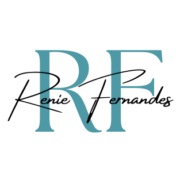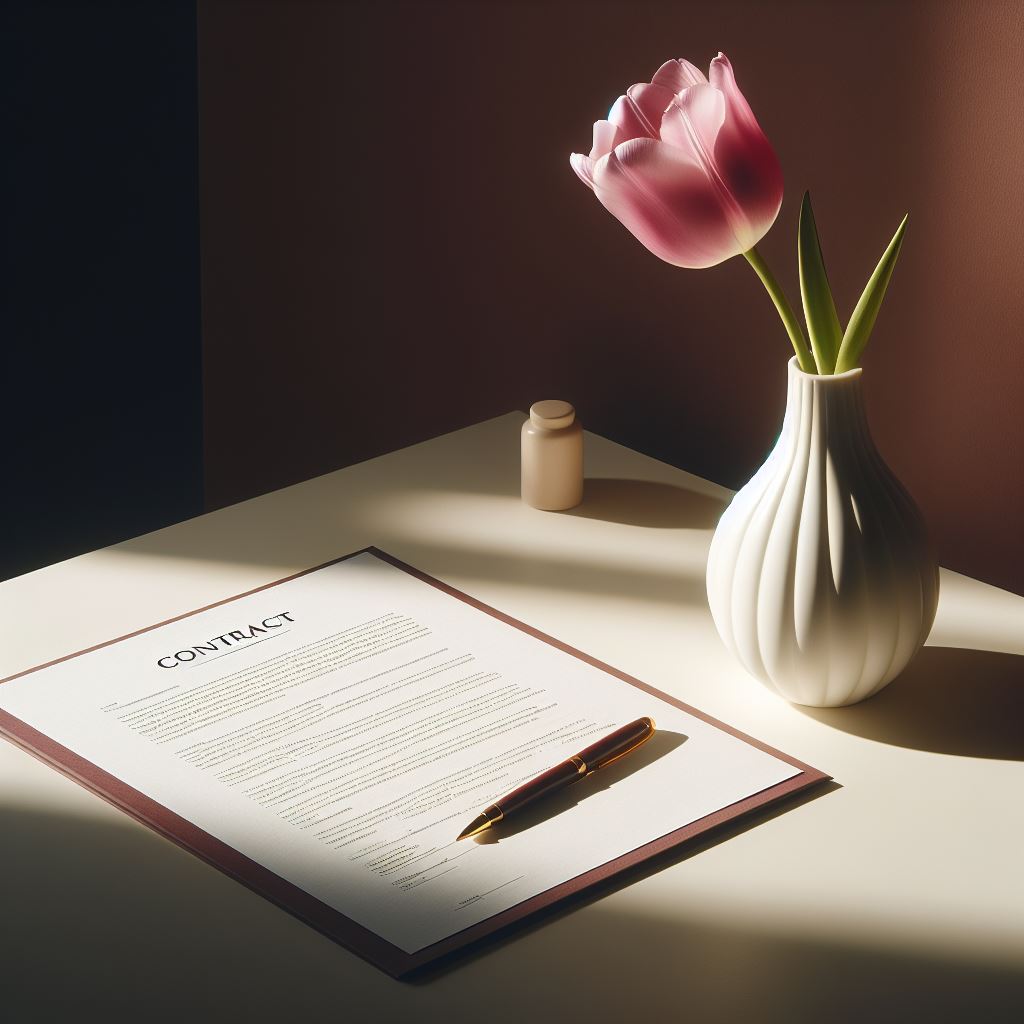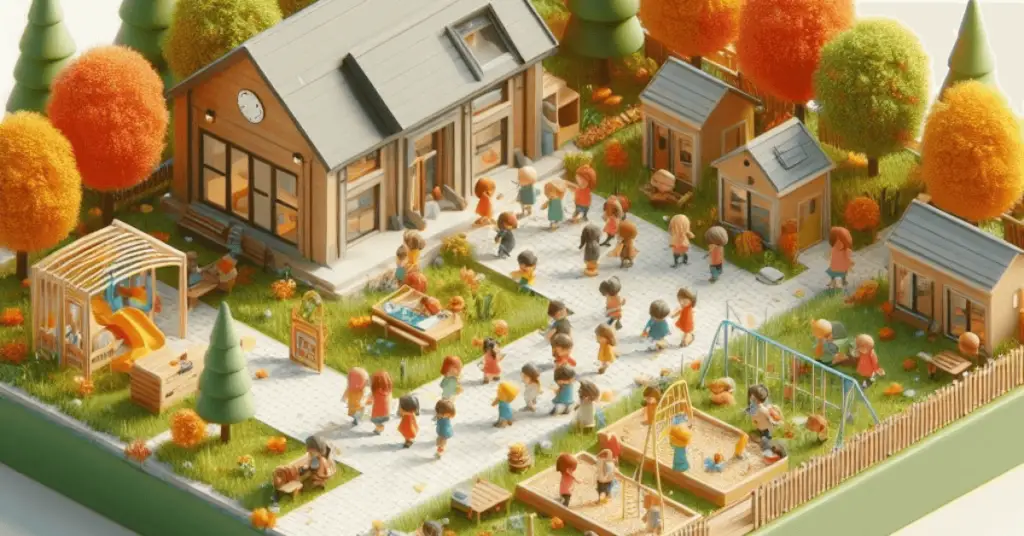What is FFE in the Built Environment?
Ever thought what is FFE, and what it has got to with our spaces, or the built-environments? Back in the day, FFE was just there to fill a room, but now it’s so much more! As time goes on, we are learning how important it is to make sure our spaces work for us, the environment, and our well-being.
So, let’s dive in and see how FFE’s changing the game!
What does FFE stand for? Furniture, Fixtures and Equipment. The world of FFE is where design meets functionality, shaping the spaces we live, work, and play in!
As a Designer and Project Management professional, I have seen the incredible transformation of our built environments where FFE is reshaping the very essence of our homes, offices, and public spaces.
Innovation has taken centre stage in the realm of FFE, fuelling an exciting journey of advancements that cater to the ever-evolving needs of people, the planet, and our pursuit of well-being. Gone are the days when FFE was a mere afterthought in the design process; today, it holds the power to redefine our daily experiences, promote environmental sustainability, and enhance our productivity and happiness.
In this blog post, we will explore the driving forces behind FFE innovation, and the role that cutting-edge technology, collaborative efforts, and a deep understanding of user needs play in shaping the future of built environments. Through real-life examples and a look at what lies ahead, I invite you to embark on an adventure in the world of FFE – one that’s filled with endless possibilities and the promise of a brighter, more sustainable future.
FFE can mean different things in various built environments. Here are a few examples to help illustrate this:
- Home: In our homes, FFE might include our cosy couch, the dining table where we gather with family, and even the lamps that light up our rooms.
- Schools and Universities: When it comes to learning spaces, FFE may involve desks, chairs, library shelves, and interactive whiteboards that help students learn and grow.
- Offices: In a work environment, FFE can encompass items like ergonomic chairs, conference tables, and storage solutions that enable productivity and collaboration.
- Hospitals: In healthcare settings, FFE might include hospital beds, waiting room seating, and special equipment like medical carts and monitors.
- Restaurants and Cafés:For places where we enjoy meals and socialise, FFE could consist of dining tables and chairs, bar stools, utility carts, and even the décor elements that make these spaces inviting.
- Public Spaces and Parks: In outdoor environments, FFE may involve benches, lighting fixtures, and recreational equipment that encourage relaxation and community engagement.
Hotels and Resorts: In these luxurious settings, FFE includes room furniture, lobby seating, luggage carts, fitness centre equipment.
FFE plays a crucial role in various built environments, creating spaces that cater to our specific needs, activities, and experiences.
Why do we need innovation in FFE?
People are always changing, and so are our needs. We want spaces that can adapt to us, not the other way around. Plus, we have to think about our planet too. That’s why it is important to come up with new ideas to make FFE that’s flexible, and sustainable.
Sustainable Well-being. Does it Matters?
Incorporating sustainability and well-being principles into FFE design is critical for creating spaces that are both environmentally friendly and user-focused. Sustainable materials, energy-efficient manufacturing processes, and biophilic design elements all contribute to the creation of innovative, eco-conscious FFE.
The Coolest Trends in FFE Design and Technology
Innovative FFE plays a significant role in shaping user experience and optimising space functionality. When we focus on people and what they need, enhancing comfort and flexibility, we optimise space creating environments that make everyone happier and more productive.
We can see heaps of exciting stuff in FFE, like:
- Modular designs: think building blocks for furniture!
- Smart tech: imagine a chair that knows when you are tired and adjusts to make you comfy.
- Responsive designs: spaces that change to fit our needs – how cool is that?
Case Studies: FFE Innovation in Action
Numerous real-world examples showcase the positive impact of innovative FFE on the built environment. From adaptable workspaces to biophilic installations, these case studies demonstrate the power of forward-thinking FFE design in shaping the spaces we inhabit.
The Edge – Amsterdam, Netherlands
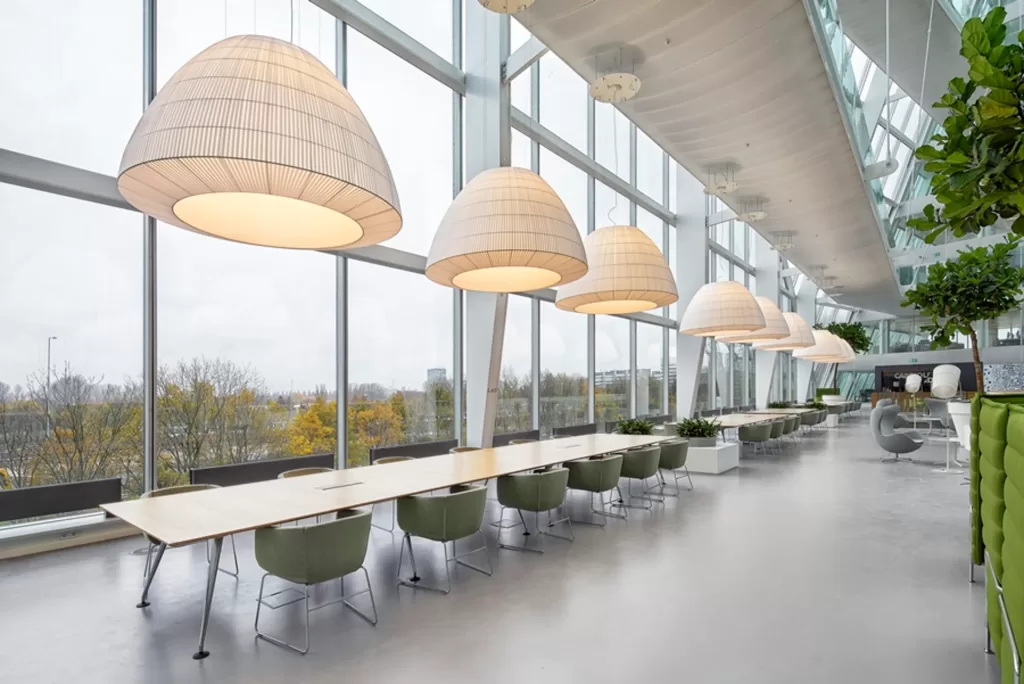
Deloitte’s office building, The Edge, is a prime example of FFE innovation and sustainability. It features an app-based workspace reservation system, allowing employees to find and book available desks or meeting rooms. The building’s lighting and climate systems adjust based on user preferences, ensuring optimal comfort while conserving energy.
Apple Park – Cupertino, California, USA
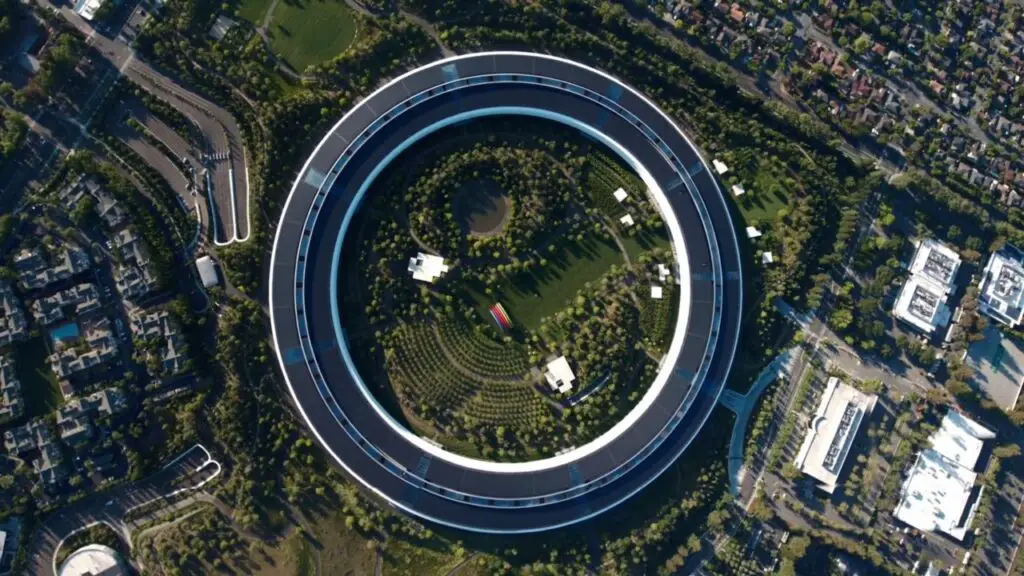
Apple’s headquarters, known as Apple Park or Apple Campus 2 in designed by Foster + Partners, in a neo-futurism style of architecture, integrates innovative FFE throughout its iconic campus. Custom-designed chairs and tables for Apple’s Caffè Macs offer sleek aesthetics, while biophilic elements such as large sliding glass doors and extensive greenery promote employee well-being.
Akron Children's Hospital – Akron, Ohio, USA

Akron Children’s Hospital showcases innovative FFE solutions that create a welcoming, child-friendly environment. The hospital features playful, themed waiting areas, interactive wall installations, and modular furniture to adapt to changing needs. Colourful graphics, child-sized furniture, and dedicated play areas help reduce stress and improve the overall patient experience.
Loughborough University – Loughborough, UK
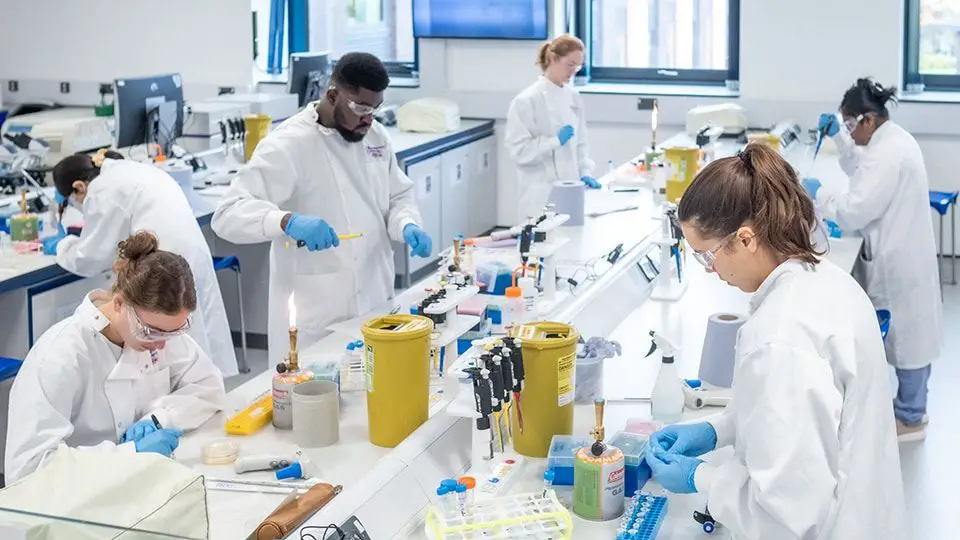
The STEMLab at Loughborough University exemplifies FFE innovation in higher education. This state-of-the-art facility houses flexible teaching spaces, collaborative workspaces, and cutting-edge technology. FFE solutions include adaptable furniture systems, integrated audiovisual equipment, and writable surfaces that encourage student interaction and active learning.
These case studies demonstrate how innovative FFE solutions can transform spaces, enhance user experiences, and set new standards for sustainability and well-being in the built environment.
Teamwork makes the dream work
We can’t make all these fantastic FFE ideas come to life without working together, collaborating and sharing our knowledge and skills.
Cross-disciplinary teamwork is essential to keep pushing the boundaries of design and drive FFE innovation. It is key that we foster partnerships between designers, researchers, and manufacturers, to helps us in continuing to push the boundaries of FFE design and create spaces that meet the needs of both users and the environment.
Collaboration and knowledge-sharing efforts are known to:
- Enhance productivity: The findings of a 2019 study by Atlassian suggests that teams with strong collaboration spend less time searching for information due to improved knowledge sharing practices, which in-turn increases productivity.
- Lead to cross-disciplinary innovations: The MIT Media Lab, Stanford d.school and Google X are some of the organisations that run projects with cross-disciplinary teams driving transformative innovation on a global scale.
- Create knowledge-sharing platforms: Online platforms like OpenIDEO and Behance facilitate global knowledge-sharing, fostering innovation in fields such as design and architecture. OpenIDEO, for example, has over 200,000 users who have contributed to solving more than 700 real-world challenges.
What’s next for FFE?
The future of FFE is bright!
With advances in science, artificial intelligence (AI), and automation, we will see even more incredible spaces that work for us and our planet.
By leveraging advancements in sustainability, technology, and design, we can create spaces that are not only functional but also responsive to user needs and environmentally conscious.
As professionals in the field of construction, design and anthropology, it is crucial to stay informed on the latest trends and collaborate with like-minded experts to continue pushing the boundaries of design.
